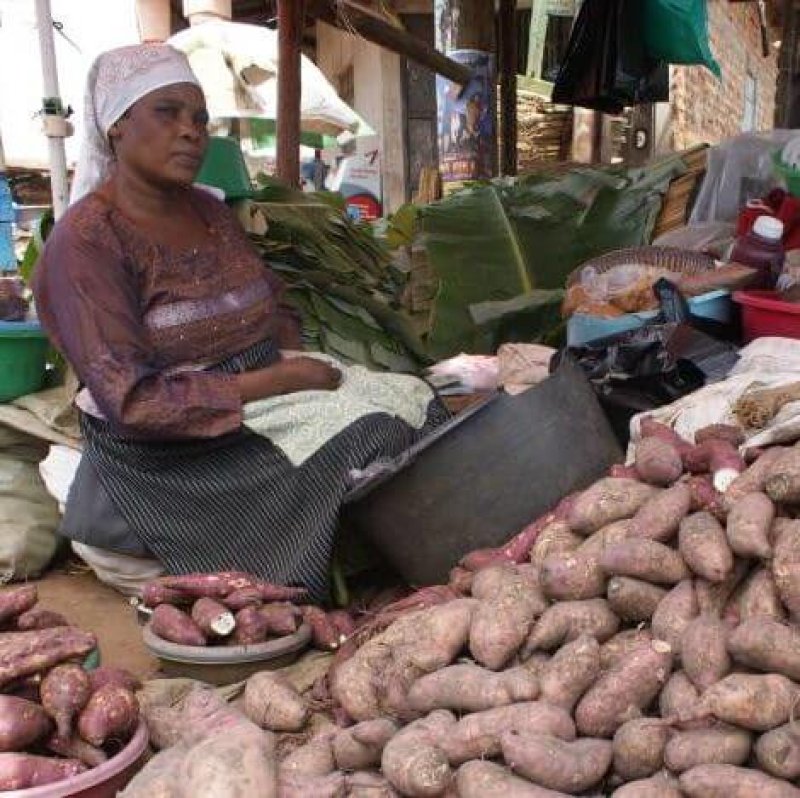In Uganda, about 300,000 smallholder households grow potatoes for their subsistence living and for income. Loss due to late blight can be up to 60% in Uganda forcing farmers to spray fungicides often up to 15 times to protect their crops. This represents between 10-25% of their revenue from potato. Recently, a new population of the pathogen is sweeping through Uganda that appears to be more difficult for farmers to manage. Hence, the pressure on farmers to grow resistant varieties is escalating.
…
A series of field trials began in 2015 to assess whether these GM potatoes have durable resistance to late blight at the Kachwekano Zonal Agricultural Research and development Institute (KaZARDI) of the National Agricultural Research Organization (NARO) near Kabale in Uganda. Twelve highly resistant GM plants of the ‘Desiree’ and local ‘Victoria’ variety provided by the International Potato Center CIP) have shown extreme levels of resistance compared to the non-GM plants of the same varieties. In the confined field trials no fungicide spray was used and after only six weeks all of the non-GM varieties had completely died while all GM potatoes remained unaffected. This first observation of resistance to late blight in the field marks an important milestone in the development and future deployment of biotech potato varieties to farmers in Africa that will reduce losses and reduce cost of production significantly.

The GLP aggregated and excerpted this blog/article to reflect the diversity of news, opinion, and analysis. Read full, original post: First field observation In Uganda shows extreme resistance to late blight by GM potato































